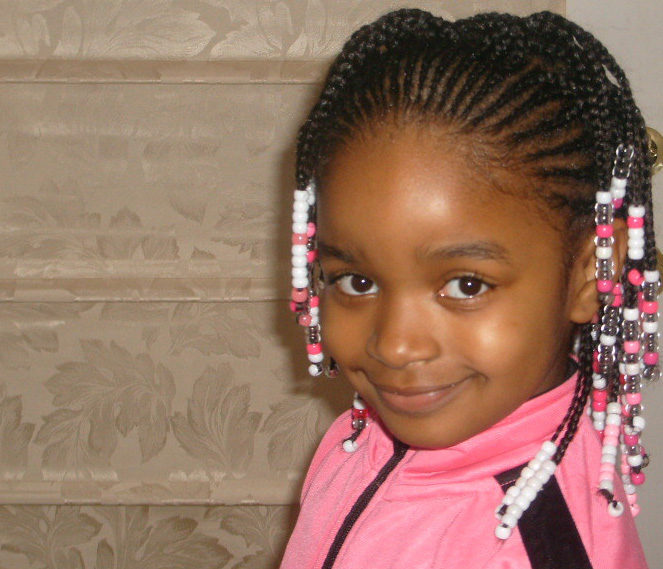
The psychological toll of her traumas has been immense, say friends, and Sandra, 47, is taciturn, the eye contact fleeting, the voice low. Sitting in the back garden of her new house in Leachville, a maze of recently built estates fringing farmland east of Johannesburg, the bulky woman with the crew cut does not much resemble the svelte, toffee-coloured youngster who was photographed hugging a tall, white woman three decades ago. The first biography is due out this year and a British production company has signed a deal with Miramax to make the film. It has a happy ending, of sorts, and one which is scheduled to hit bookshops and cinemas now that Hollywood has caught wind of the story. Born to a conservative Afrikaner family, Sandra's fate was to not be what she was supposed to be.
#Beautiful black baby girl skin#
Her life is an extraordinary tale of a search for identity in a system built on race and prejudice, where home, school, job and sex life was demarcated by skin colour. Genetic throwbacks were not unheard of but if there was ever a wrong place and wrong time for this phenomenon, it was apartheid South Africa. By a biological quirk, the pigment of an unknown black ancestor had lain dormant for generations and manifested in Sandra. Abraham and Sannie Laing were white, their parents, grandparents and great grandparents were white, yet their daughter was dark.


At the first sight of Sandra no one, not the nurse, her mother, father or neighbours would admit the obvious. She entered the world in 1955, a beautiful baby by all accounts, who could be expected to grow up in a close-knit family amid mines of gold and forests of pine. Long before science learned to meddle with genes, there was Sandra Laing.


 0 kommentar(er)
0 kommentar(er)
